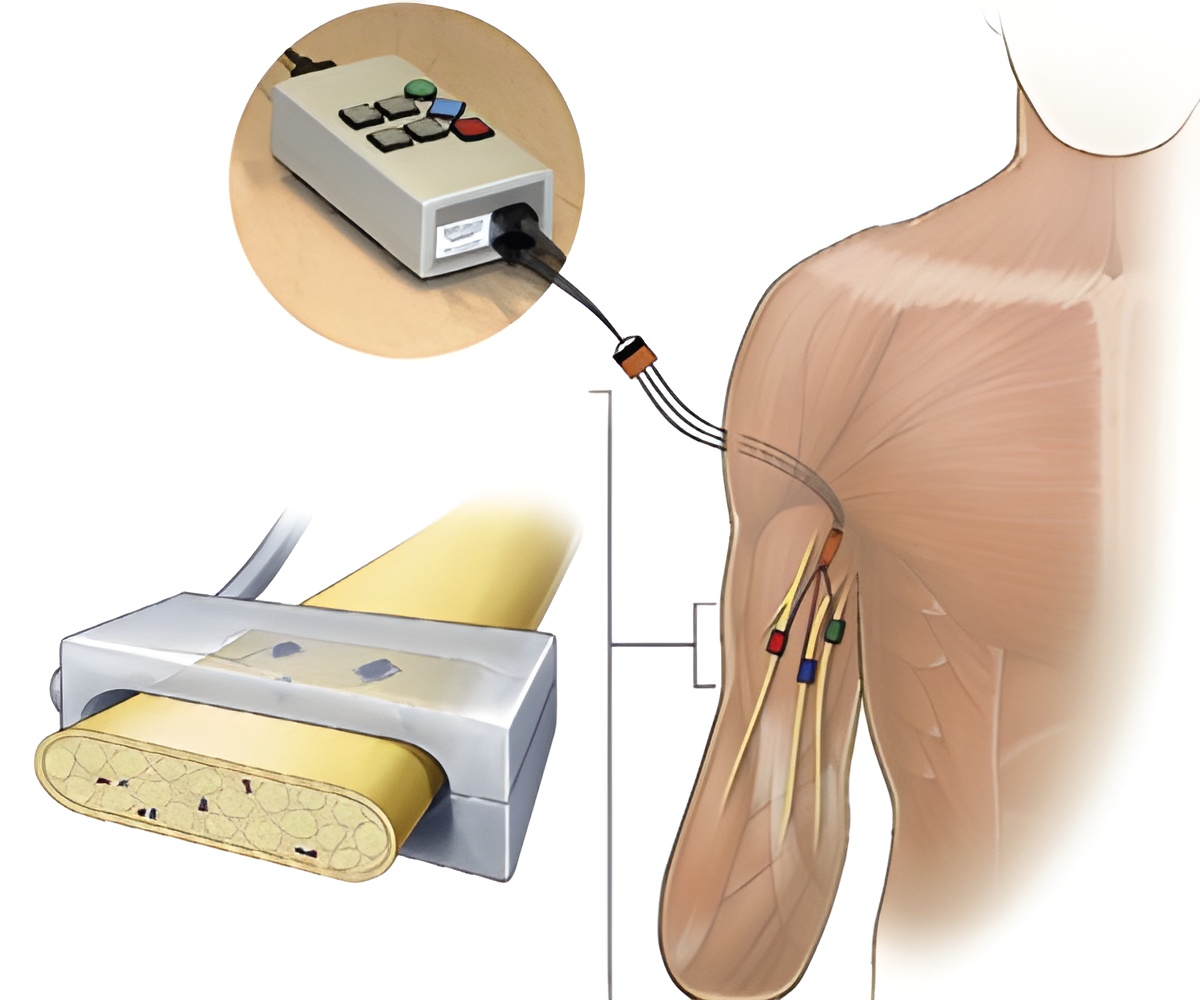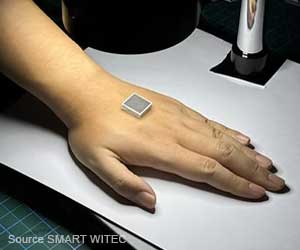Electrical stimulation of nerves can be studied easily by even non-experts through an open-source computational platform ‘ASCENT’ as developed by scientists.

TOP INSIGHT
Electrical stimulation of nerves can be studied easily by even non-experts through an open-source computational platform ‘ASCENT’ as developed by scientists.
ASCENT and Electrical Nerve Stimulation
The nerve stimulation devices are similar to a pacemaker for the heart. They are implanted in the body by programming them to send targeted pulses of electricity into nerves. These electrical pulses change the signals to further regulate the organ functions in diseases.
“Despite promising preclinical data, translating nerve stimulation to the clinic is challenging because there is a lot of variability in neural anatomy between animals and humans and even person to person. These variabilities require choosing different electrodes or stimulation parameters to achieve a targeted response, which can be a bit of a guessing game,” says Nicole Pelot, a research director in the biomedical engineering lab of Warren Grill at Duke University.
The study team thereby claims that ASCENT is more accessible, reproducible, and efficient that allows one to break the complex system into its customizable sub-components.
Source-Medindia
 MEDINDIA
MEDINDIA




 Email
Email




